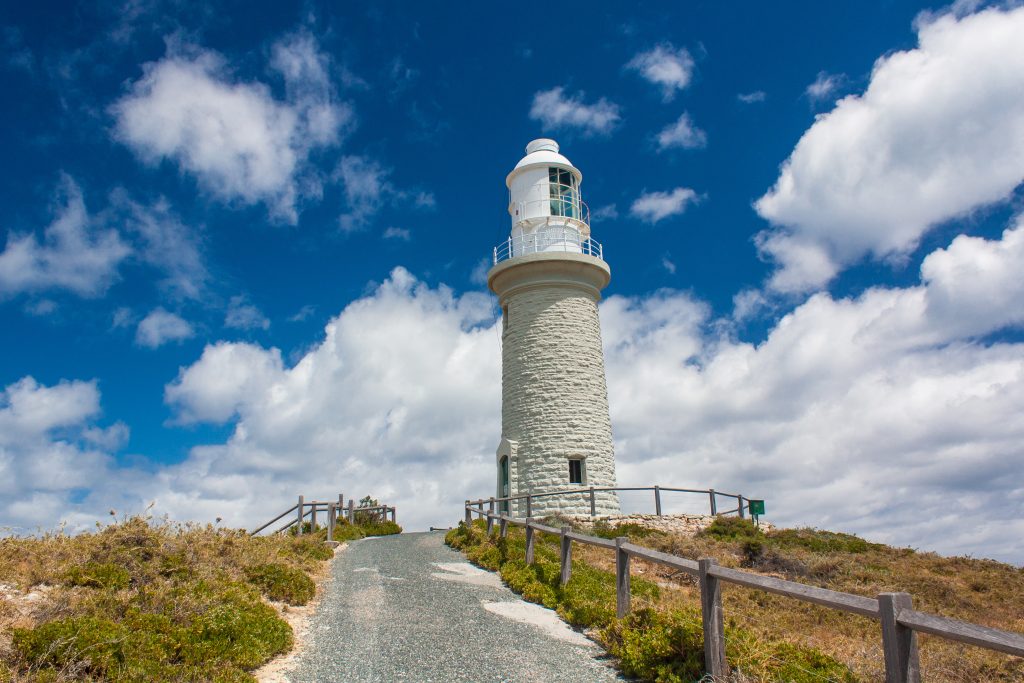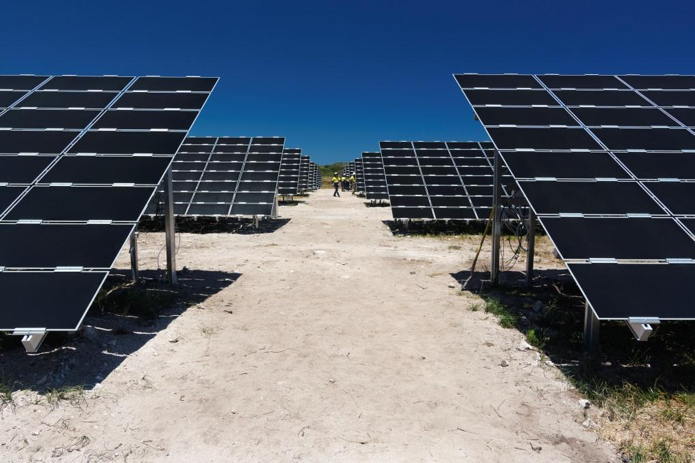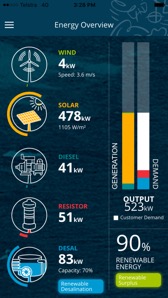Off the grid independence for Rottnest Island
It’s a long way as the crow flies from windswept King Island in Tasmania’s Bass Strait to sun-kissed Rottnest, off the coast of Perth. But while these two small islands are separated by vast distances they have plenty in common.

King Island was a trailblazer for off the grid energy independence in Australia’s remote communities. And the lessons learned in that project have led directly to the one now taking shape thousands of kilometres to the west.
On isolated King Island, which has no connection to the national grid, an $18.25 million project (including $6.08 million from ARENA) has combined wind, solar and bio-diesel generation technology with battery storage and a ‘smart grid’ system to create a fully-functional renewable energy microgrid.
It creates enough electricity to meet 65 per cent of the island’s energy needs, dramatically reducing the amount of diesel fuel required and lowering carbon dioxide emissions by as much as 90 per cent.
The lessons learned from that and other projects (such as Flinders Island, where ARENA has also contributed funding) have made Hydro Tasmania world-leaders at carrying out this type of project. And that expertise has taken them to Rottnest.

The Rottnest story
It has been a long time coming. Until the late 1970s, diesel generation was virtually the only source of electricity on Rottnest Island.
Experimental wind turbines began a long process of limiting diesel use, but it wasn’t until 2004 that a 600 kilowatt (kW) wind-diesel hybrid system was installed, generating about a third of Rottnest’s energy and saving about 400,000 litres of diesel each year.
Since then, given the precious and delicate environmental values of Rottnest Island, residents and visitors have always been interested in securing a more sustainable way to meet their power needs.
Now it is on the way via the Rottnest Island Water and Renewable Energy Nexus Project (WREN). The $6.51 million off the grid project is being carried out by Hydro Tasmania with support from the ARENA and the Rottnest Island Authority.
ARENA will contribute $4.8 million to bring a greater share of renewable energy to the island, which has a population of just 114 but sees that swell to more than 15,000 tourists a day during peak season.
How it works
Catering to those hordes of tourists requires a serious amount of energy. The island’s 5 gigawatt-hours (GWh) power demand has been provided by five conventional diesel engines, two low-load diesel engines and a single 600 kW wind turbine.
A large portion of that energy is used to run the desalination plant that produces fresh water for the island’s visitors and residents.
Now, using innovative renewable integration technology, Hydro Tasmania’s Hybrid Energy Solutions team is installing a power system that will make Rottnest Island 45 per cent renewable-powered (factoring in the existing wind turbine) with up to 90 per cent of power supplied by renewables at times when conditions are most favourable.
Hydro Tasmania has installed a 600 kW solar array and integrated it with the existing power system to boost and diversify the renewable energy capacity in the system.
It has also installed a hybrid control system, along with enabling technology to better manage the variable renewable generation and reduce diesel fuel consumption.
The hybrid control system coordinates the generation (wind, solar and low load diesel) with enabling technologies, including a dynamic resistor and demand management of the desalination plant. Wind turbines can create fast fluctuations in power that are an issue for a small grid. The resistor solves this problem.
By integrating renewable resources (solar and wind) with the island’s desalination plant and water storage facilities, surplus renewable energy can be used to create clean drinking water.

When weather conditions mean that excess renewable energy is being produced, the desalination plant will automatically switch over to renewable power, saving huge amounts of diesel fuel.
The biggest innovation for Hydro Tasmania has been designing and delivering a system to make all of these complex parts work together. The WREN project will deliver renewable electricity and clean water at a lower cost, with lower emissions.
There’s an app for that
An app called “Rottnest Island Water and renewable energy nexus” can be downloaded for both Apple and Android devices. It provides real-time power usage, project information and educational materials. Visitors can also use the app to learn more about sustainability on Rottnest Island and how they can make a sustainable difference.
The current project fits in as part of a renewable energy plan for the island. The system has been designed to be scaleable as future needs expand.
Rottnest Island is on the verge of a clean energy future befitting of its unspoiled beauty and significance as a place that Australians love to visit and want to preserve. A key moment arrives in November, when the switch will be flicked on this new chapter in Australia’s renewable energy transition.
Hydro Tasmania’s Hybrid Energy Solution’s team is at work implementing hybrid renewable energy projects around Australia.
This article was originally written by Daniel Silkstone, former Head of Content, ARENA.
LIKE THIS STORY? SIGN UP TO OUR NEWSLETTER

ARENA